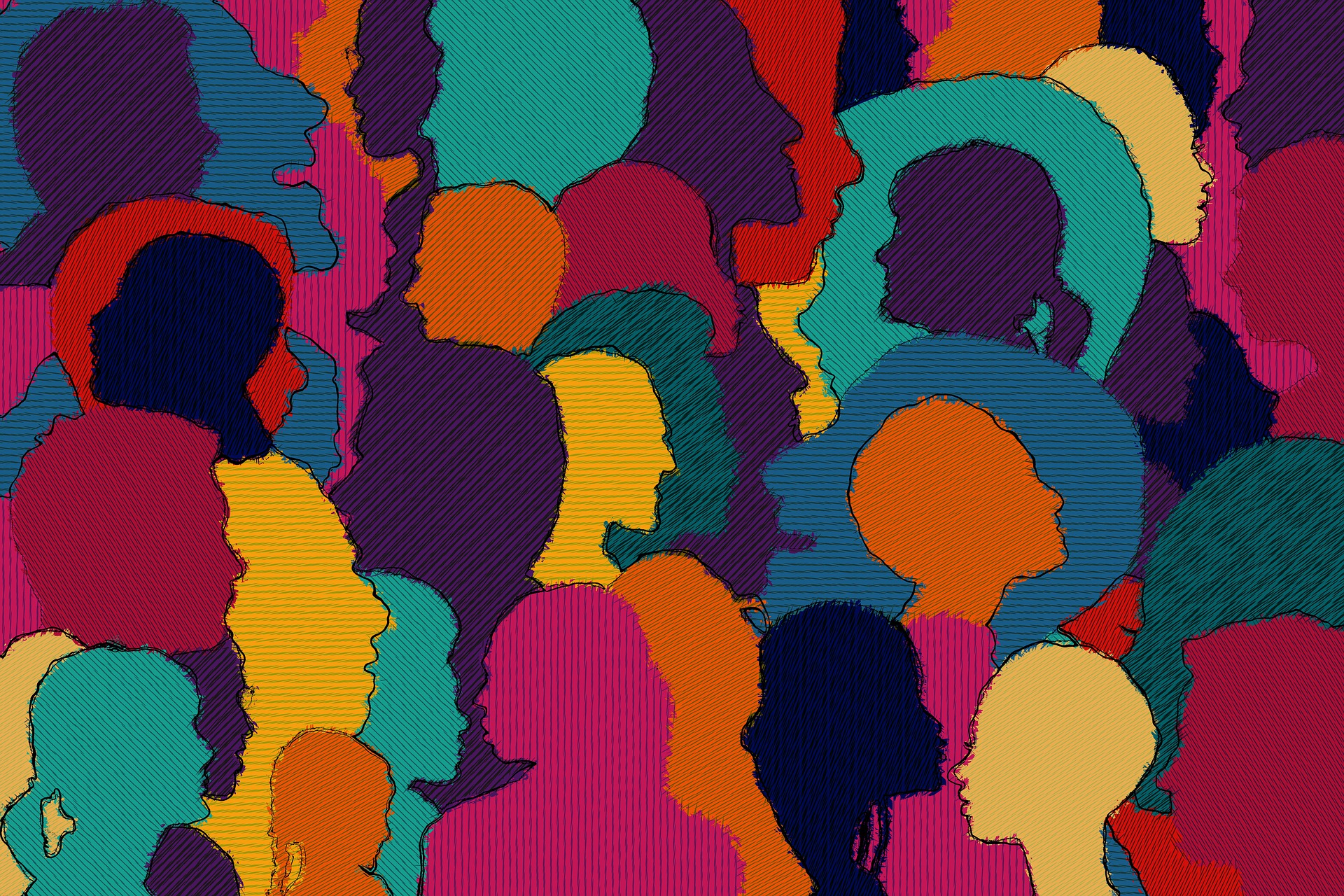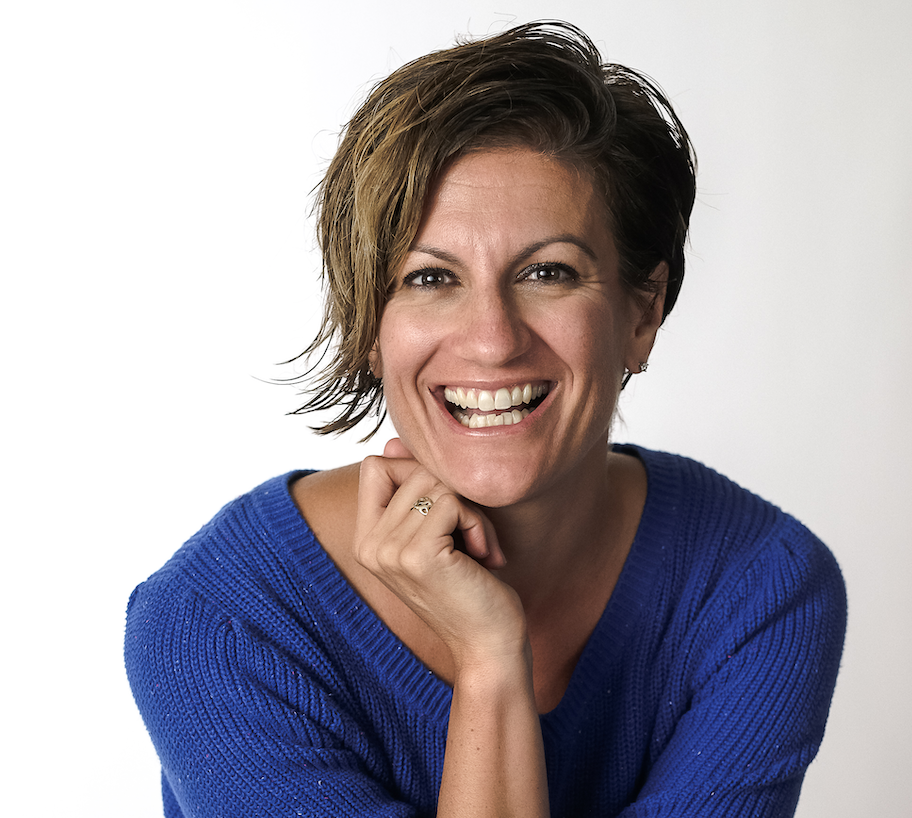Harnessing Variability to Improve the Success Rate of All Students
We all know that all of our students are incredibly different from one another, but there is more to variability in our classrooms than the diversity of our learners. Students not only differ from each other, but even the same student can have different needs depending on a lot of different factors.
What if we were all able to harness the unique mix of student strengths and needs and use it to improve the success rate of all of our students? One of the core components of Universal Design for Learning (UDL) is embracing variability. In the book Unlearning, the first step of the UDL Unlearning process begins with understanding what variability is, and then embracing it. This requires an asset-based mindset. So what is it, and why does it matter?
Asset-Based Mindsets vs. Deficit-Based Mindsets
Traditional classrooms separated students based on perceived ability, behavior, and social-emotional needs. This created a culture where differences in the classroom were not welcomed. If they were, why would we need separate settings for students who did not align with our expectations of the class? We have to unlearn this practice and recognize the beauty of inclusive practices and equitable classrooms.
If we think of student variability as a deficit we may be frustrated that our students are inconsistent, confused, and maybe challenging to engage. If we think of student variability as an asset then we acknowledge that all students come to us as they are. With strong relationships and instructional practices, we can help them to reach their highest potential. UDL practitioners see variability as beneficial and are allies for fostering this variability. Variability as a “good thing” is supported in nature, “The only way for existence to survive is to create different forms of existence because same things will have same talents and different things will have different talents!” – Mehmet Murat ildan.
Variability as a “good thing” is supported in business as variability leads to creativity and creativity leads to new products, new procedures, and new ways of thinking about the issues.
In education, with variability, our students are different, unique and independent. We can expect them to come up with different ideas and see things independently. We can build upon these differences and let everyone shine in their own particular way. No two lessons will ever be the same but the day will go by quickly when we provide flexible pathways for students to learn and share what they have learned in authentic, valuable, and meaningful ways.
Dr. Todd Rose from Harvard has researched this whole concept and wrote a great book called The End of Average in which he says, “The assumption that metrics comparing us to an average—like GPAs, personality test results, and performance review ratings—reveal something meaningful about our potential is so ingrained in our consciousness that we don’t even question it. That assumption, says Harvard’s Todd Rose, is spectacularly—and scientifically—wrong.”
In the book, Dr. Rose details the research of Dr. Mike Miller who scanned the brains of multiple students to find proof of the “average student” while they were all doing the same thing. Miller’s results showed that when they averaged the images of the scans by making a composite of all of the images and then compared the composite to each individual brain scan, no two brain scans were the same. In other words, the idea of the average brain didn’t describe any of the individual brains.
UDL not only appreciates this myth of the average student but celebrates it by expecting all students to be unique. UDL promotes that “One size fits all” education simply does not work. And, by expecting variations, a teacher can prepare lessons that will help all students.
Experience and common sense suggest that all individuals are unique and learn in ways that are, to varying degrees, particular to them. And in the past quarter century, science has elucidated the great variability of the human capacity to learn. Yet our educational system is designed around the idea that most people learn the same way and that a “fair” education is an identical one. These ideas influence every aspect of our educational system.
So, we need to begin to recognize student variability as an asset and a benefit in our classrooms, schools, and in our world. When we embrace the principles of UDL, and provide options and choices while also empowering students to share their voices, we create environments that support multiple tasks and formats at the same time. And when we do this well, we ensure that regardless of student variability, they can find a pathway to success in our classrooms. And, honestly – what is more important than that?
Learn practical methods to improve your practice. Explore our online courses and take your learning to the next level.




